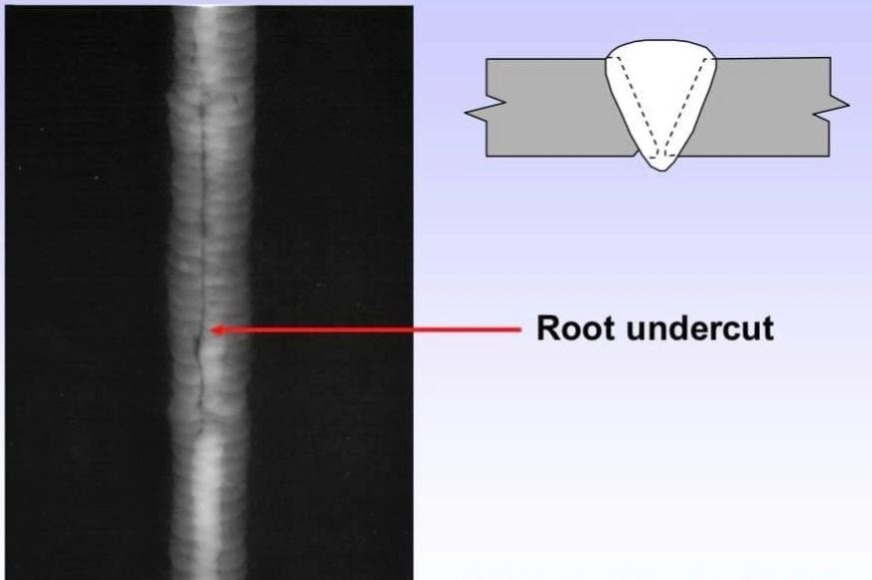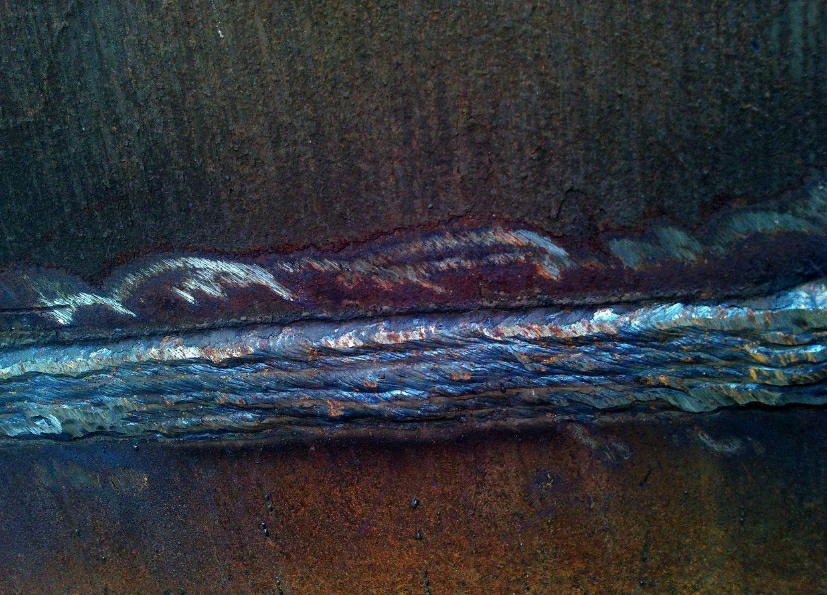Preventing Weld Undercut Made Easy: Key Techniques Unveiled
Preventing Weld Undercut Made Easy: Key Techniques Unveiled
Blog Article
Important Tips for Welders: Stopping Undercut Welding and Ensuring Stronger Weld Joints
In the world of welding, achieving strong and resilient weld joints is the keystone of producing top quality work. Nevertheless, one typical obstacle that welders usually encounter is undercut welding, which can compromise the integrity of the weld joint. By understanding the factors that contribute to damaging and applying the right strategies and preventative measures, welders can effectively stop this concern and make certain the long life and toughness of their welds. Allow's check out some vital suggestions that can help welders navigate this obstacle and boost the top quality of their welding jobs.

Recognizing Undercut Welding
Undercut welding is a typical welding issue that happens when the weld steel fails to appropriately load the groove and results in a groove-like anxiety along the weld bead. This issue compromises the weld joint, making it at risk to breaking and failing under stress. Undercutting can be triggered by various aspects, consisting of excessive welding present, high welding rate, improper electrode angle, inaccurate electrode dimension, and inadequate welding technique.
One of the major factors for undercut welding is an imbalance in between the welding existing and the welding rate. If the welding current is too expensive or the welding speed is as well quickly, the weld metal may not appropriately fill the groove, resulting in damaging. In addition, making use of an electrode that is too large can lead to a comparable end result, as the excess steel can not effectively flow into the groove.
To avoid undercut welding, welders must guarantee they are making use of the proper welding specifications, preserve an appropriate electrode angle, select the ideal electrode dimension, and technique correct welding strategies. By addressing these factors, welders can minimize the threat of undercutting and create stronger, more dependable weld joints.
Proper Welding Technique
Effective welding technique plays an important function in guaranteeing the high quality and integrity of weld joints. Proper welding technique entails a mix of precision, adherence, and skill to best techniques. One basic element of appropriate welding technique is maintaining the proper angle and range between the welding gun and the work surface. Welders have to also pay very close attention to the traveling speed and heat input to protect against concerns like undercutting, porosity, or incomplete blend.
In addition, a consistent and consistent hand activity is necessary for developing strong and durable weld joints. Welders must go for smooth, consistent movements to make certain even circulation of the weld material. Correct control of the welding weapon and filler material is additionally key to attaining optimal infiltration and fusion.
Moreover, regulating the warm input and picking the suitable welding criteria based on the material being bonded are critical aspects in achieving top notch welds - Preventing weld undercut. Welders should comply with the advised anonymous setups offered by welding treatment requirements and adjust them as needed based upon the specific requirements of the job. By understanding proper welding methods, welders can substantially boost the strength and dependability of their weld joints
Picking the Right Electrode
When thinking about the relevance of picking the right electrode in welding applications,Maintaining the appropriate angle and distance between the welding gun and the workpiece is essential. The option of electrode plays a vital duty in establishing the top quality and strength of the weld joint. Electrodes come in various types, each designed for specific purposes and products.
To start with, picking the ideal electrode size is necessary. Thinner electrodes are ideal for welding slim products, while thicker electrodes are better for thicker materials and higher heat applications. Matching the electrode size to the density of the work surface assists achieve a balanced weld.
Second of all, recognizing the product structure of the electrode is crucial. Various electrodes are designed for welding details products like steel, stainless-steel, aluminum, or cast iron. Visit Website Using the correct electrode material makes certain excellent combination and lessens the danger of problems in the weld.
Lastly, considering the welding placement and strategy is vital when selecting the electrode type. As an example, specific electrodes are better suited for upright or above welding settings, while others work well for level or horizontal placements. Picking the ideal electrode based on the welding strategy enhances the total weld high quality and honesty.
Preparing the Base Metal
To guarantee an effective welding procedure, what initial steps should be taken when preparing the base steel for welding? In addition, any existing weld material or deposit from previous welding need to be removed to guarantee a tidy surface area for the brand-new weld.

Carrying Out Post-Weld Inspections

After conducting these assessments, welders must contrast the outcomes against industry standards and task needs to make sure that the weld joint satisfies all required criteria. Any kind of inadequacies or deviations uncovered throughout the post-weld evaluation should be promptly resolved with suitable rehabilitative procedures to ensure the weld's integrity. By faithfully doing post-weld inspections and without delay attending to any concerns, welders can support the quality and dependability of their work, inevitably adding to the safety and security and durability of the bonded structures.
Verdict

To conclude, protecting against undercut welding and guaranteeing more powerful weld joints require a mix of proper welding strategy, choosing the ideal electrode, preparing the base metal properly, and conducting post-weld assessments. By understanding the reasons of undercut welding and implementing the needed precautions, welders can create high-quality weld joints that satisfy sector standards and make sure the architectural integrity of linked here the welded parts.
Undercut welding is a common welding flaw that takes place when the weld metal stops working to effectively fill the groove and results in a groove-like anxiety along the weld grain (Preventing weld undercut). Damaging can be caused by different aspects, consisting of excessive welding current, high welding speed, incorrect electrode angle, wrong electrode size, and poor welding technique
One of the primary factors for undercut welding is an inequality in between the welding current and the welding speed. If the welding current is as well high or the welding speed is as well quick, the weld steel might not adequately fill the groove, leading to undercutting.Preserving the appropriate angle and range in between the welding weapon and the work surface is essential when taking into consideration the value of picking the appropriate electrode in welding applications.
Report this page